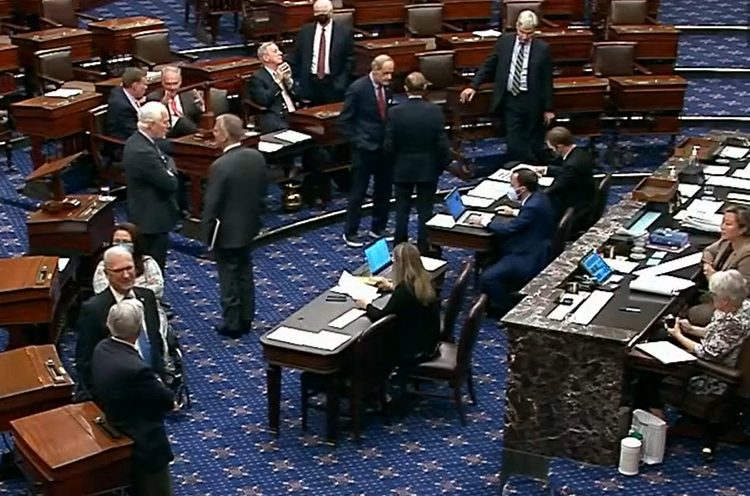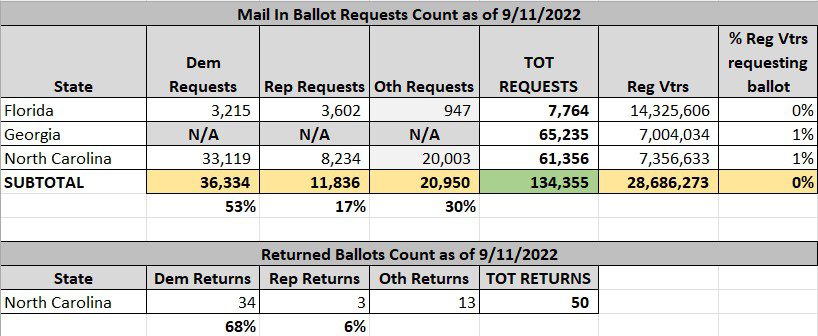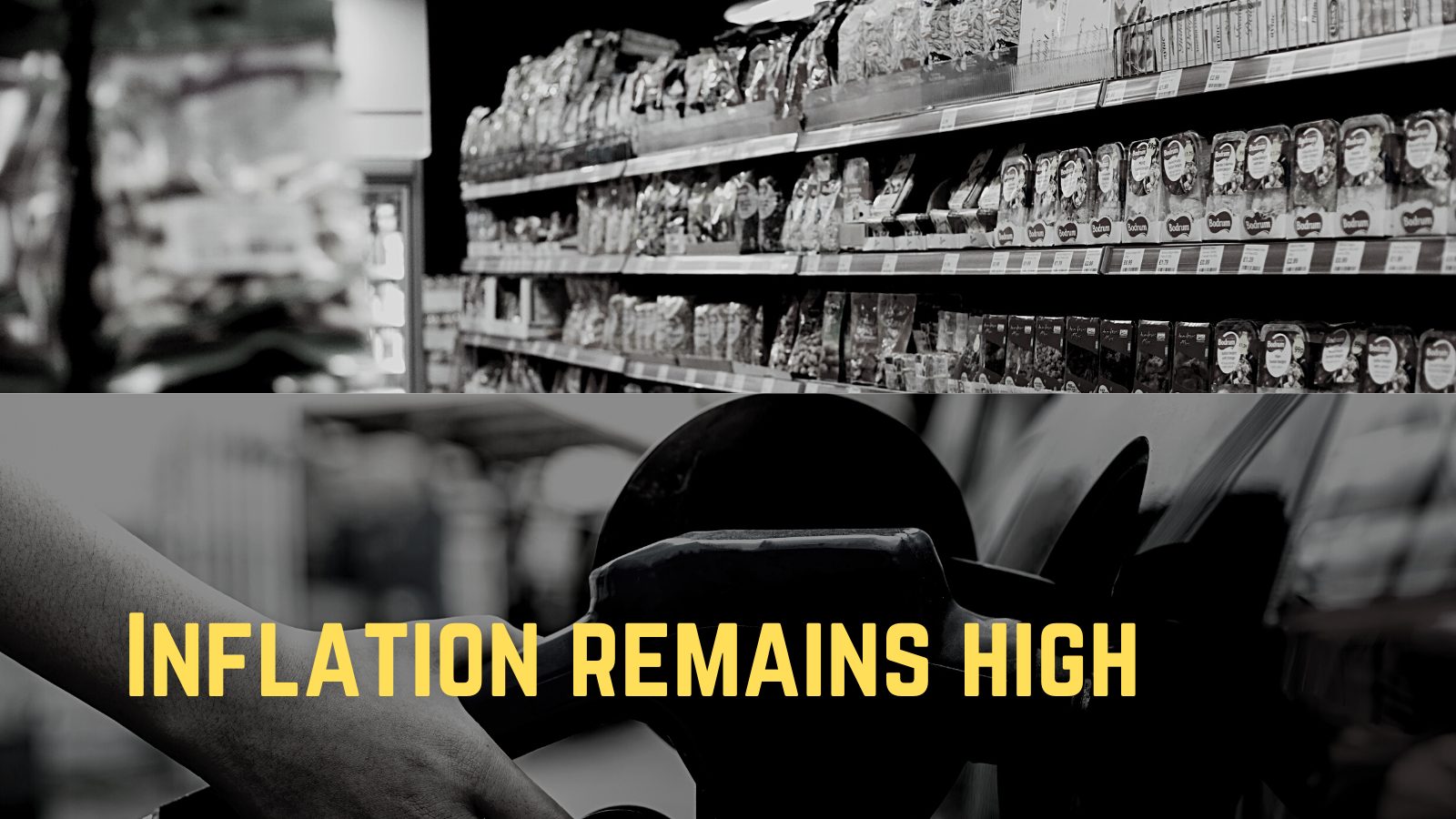JMC writes that theoretically, the Midterms should be a good year for GOP candidates. However, there are several challenges to consider.
Now that election season is here (technically, three more states – and Louisiana on November 8 – have yet to hold their primaries), JMC Analytics and Polling is focusing on how House, Senate, and Governor’s races are going. This article will focus on the Senate races.
Background
Theoretically, this should be a good year for GOP Senate candidates, given that this is a midterm year, and midterm elections typically go against the party in power. Which in this case would be the Democrats, who have unified control of the Presidency and (thanks to VP Kamala Harris’ tie breaking vote) both houses of Congress.
However, there are several challenges Republicans face this election cycle regarding retaking the Senate: (1) they are defending 21 seats, compared to 14 seats Democrats are defending, and (2) there are six open Republican held Senate seats, compared to just one Democratic seat (Pat Leahy, who represents heavily Democratic Vermont).
When assessing which party is likely to win each Senate seat, JMC uses publicly available polling published both on RealClearPolitics and 538 to assess each Senate race via its “scorecard.” Here’s how scorecard data is collected/analyzed:
Scorecard Criteria
Since this is the first scorecard for the 2022 election cycle, publicly available polling data for all Senate races has been compiled for the latter half of August, with the idea being that in late August, people aren’t yet fully engaged in Senate races, so these Senate ratings serve as a baseline. As polling data is compiled, it is then averaged for each Senate race, and with the average poll showing for each candidate, here’s how JMC rates each race:
(1) Safe Democratic or safe Republican – A candidate either has a polling average of at least 50% and/or at least a 10-point lead in the polls;
(2) Lean Democratic or lean Republican – A candidate has a 3-9 point lead in the polls;
(3) Tossup – A candidate’s lead is less than 3 points in the polls;
JMC’s 9/12 Scorecard
Given those criteria, this is the “state of the US Senate” as of the writing of this article (and based on late August polling data):
Aggregate Dashboard statistics
- Biden job approval: 54-43% Disapprove
- Congressional job approval: 56-21% Disapprove
- Generic congressional vote: 46-44% Democratic/Republican
- Direction of country: 67-26% wrong direction

Senate race statistics
- Current: 50 Democrats, 50 Republicans
- Polling average: 50 Democrats, 45 Republicans, 5 Tossups (3 Republican seats, 2 Democratic seats)
- Net pickup: +2 Democrats
Commentary: On paper, this should be a tough year for the Democrats. But they are benefitting from the fact that Republicans are struggling in several open seat races, like Pennsylvania, North Carolina, and Ohio. And in Wisconsin, two term Republican incumbent Ron Johnson is similarly facing a tough race.
It’s also worth emphasizing is that this is for late August polling data (before voters are fully paying attention), and even then, the news isn’t unilaterally bad for Republicans, because (1) even in races where Republicans are vulnerable, Democratic challengers are not above 50% in any state, and (2) Democrats have their own vulnerabilities: they are defending (at a minimum) incumbents in Georgia and Nevada.
In addition to those two states, Senate Democrats have two other “problem seats”: New Hampshire is a question mark, since their incumbent barely won in 2016, and they haven’t even held their primary (which will be tomorrow), so the specific Republican challenger has not even been determined yet. Arizona is also problematic for Democrats, as Democratic incumbent Mark Kelly (who was barely elected to a partial term in 2020) is not yet in the clear against his Republican challenger, as the primary contest to determine his Republican opponent was only held a month ago.
Early voting
While it is true that Election Day isn’t until November 8, voters are already voting: North Carolina sent out its mail ballots last week, and 50 have already returned their ballots. Mail ballots have also been sent out in at least two other states (Florida and Georgia), and as of the writing of this article, 135K have already requested a mail in ballot in three states.
Finally, seven states will commence with in-person voting between September 19 and 29. The point of all these statistics is that you have the potential for a substantial percentage of the vote being cast before November 8 – according to this analysis, only 28% of the 2020 vote was actually cast on Election Day.
Even though some of that was due to the pandemic, JMC believes that there has been a permanent shift to some extent of people wanting to “get it over with” and vote before Election Day. This mindset will affect when people are making up their mind about who to vote for, and both candidates/consultants would be wise to take this new paradigm into consideration.

Conclusion
There are additional analyses to be made, but this posting is a “baseline” analysis, from which JMC can get a clearer picture of the trajectory of each race going forward. JMC will also be staying abreast of all information related to early voting.
###
Written by John Couvillon of JMC Enterprises / JMC Analytics and Polling. Republished with permission. Read more here.














